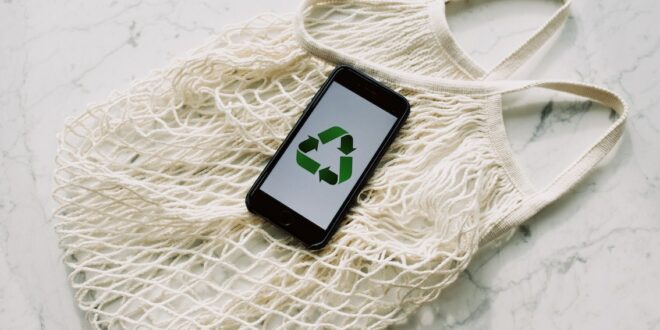Bulging bins, bursting bags, and overflowing wheelie bins! Waste is a serious problem, but although we all want to do our best to reduce what we contribute to landfill, New Zealand has been sadly lacking in opportunities for recycling. That’s down to a whole range of reasons, including the fact, in international terms, we’re a very small population, and the recycling materials we produce aren’t always enough to warrant the specific processing plants required to deal with them. However, an exciting new product is now helping Kiwis to dramatically cut their landfill contributions. It is saveBoard – and it uses up some of the most difficult-to-recycle household ‘rubbish’ imaginable! We’re talking Tetra Paks.
Tetra Pak isn’t actually a product. It’s a brand name, but it’s come to stand for any of the long-life food and beverage containers lining our supermarket shelves (think plant-based milks, instant stock, and fruit juices). What makes these cartons so difficult to recycle is they are comprised of 3 layers – aluminum foil, cardboard and Polyethylene. Separating out these components is energy-consuming, and requires a specialist factory we don’t have in New Zealand. This means these containers – if in fact a local council accepts them for recycling – must be shipped off-shore for processing.
But here’s the thing. There is now a processing plant in New Zealand that can’t get enough of these Tetra Pak style containers! This is because they are turning them into a revolutionary new building board which can be used in place of traditional plaster or gypsum board (commonly shortened to gib board). Even better, saveBoard is what is known as a closed-loop material.
Closed-loop materials never have to go to landfill, once they’ve served their purpose, they can be used again and again. As building materials (off-cuts and demolition materials) contribute 40-50% of our landfill material, anything closed-loop is to be supported. Currently, saveBoard is accepting builder’s off cuts from its product for turning back into new board.
If you’re asking yourself what toxic materials need to go into saveBoard in order to produce it, that’s a fair enough question. Many recycled materials require the addition of bleaches, resins and glues. SaveBoard, however, uses only household waste and heat to turn its Tetra Pak style cartons into building boards! Clean Tetra Pak style cartons are finely chopped, and then mixed with household soft plastics (such as bread bags). Using heat, the mix is melted and compressed into board, then lined on one side with recycled paper or another surface, as required.
Perhaps the most astonishing thing about saveBoard is it’s affordable! Usually, recycled products command a premium price because the work and time that goes into producing them is more than what goes into manufacturing a product from completely new materials. The price difference between a brand new product and a recycled product is called a ‘green premium’, but saveBoard doesn’t have one. So there’s no economic disincentive to using it.
Now, this is where you, the householder, come into the picture. SaveBoard wants all the Tetra Pak and Tetra Pak style containers you can throw at them (not literally, you understand!). It wants them so much, they have partnered with Tetra Pak who has set up deposit centers around the country. To find out where you can leave your clean Tetra Pak and Tetra Pak style containers, look here. There will be more centres coming along, but until there are, keep collecting, and keep asking anyone you know who is heading in the direction of a collection centre, if they will drop off the material you have.
Together, Kiwis can keep some of our most difficult-to-recycle material out of landfill, and let saveBoard put it to use!









Join the Discussion
Type out your comment here:
You must be logged in to post a comment.